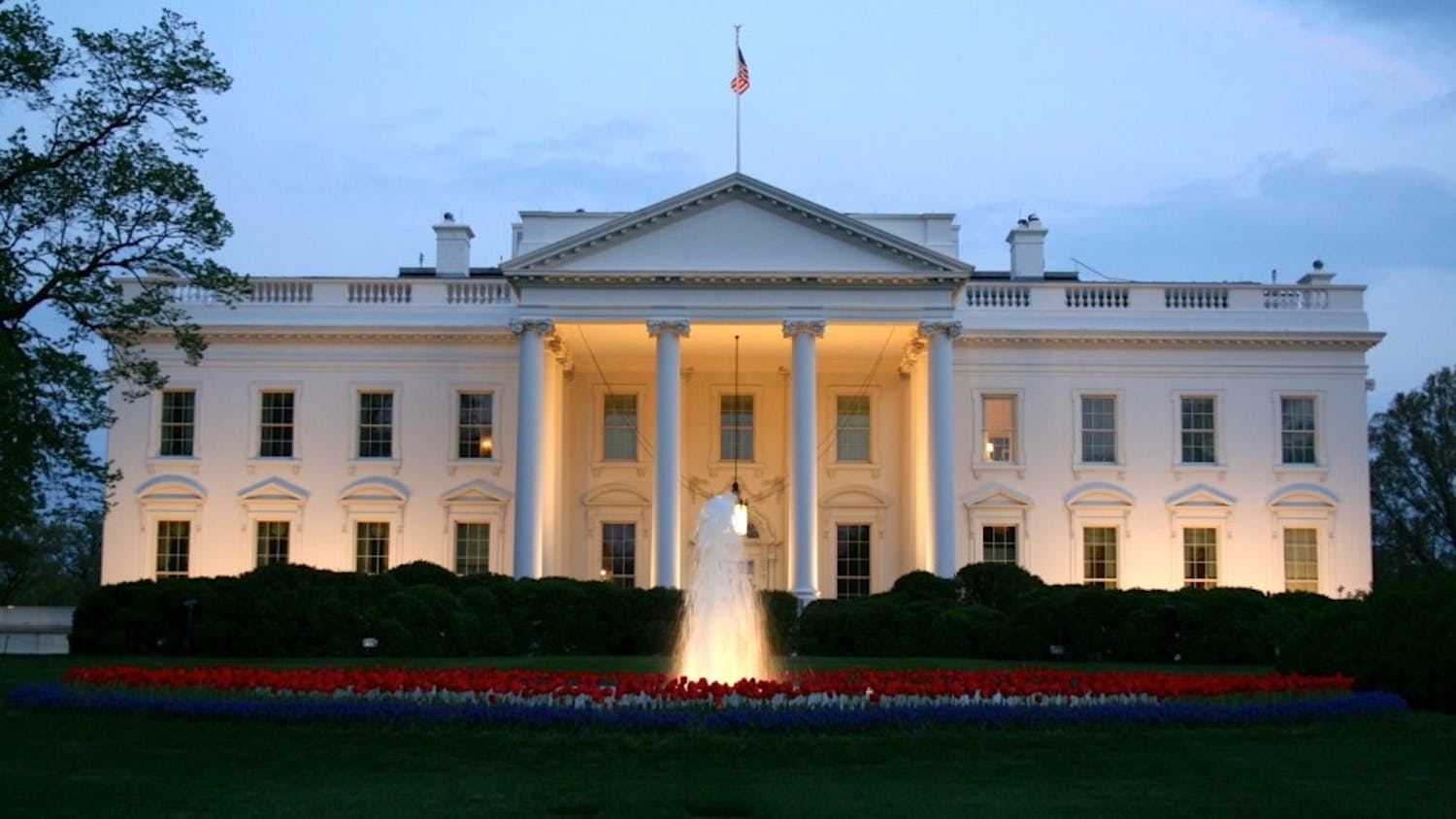Financialization is defined as “increase in the size, scope, and power of the financial sector—the people and firms that manage money and underwrite stocks, bonds, derivatives, and other securities—relative to the rest of the economy.”
In fact, only 15 percent of the money in our economic system winds up in the “real” economy. The rest - the other 85 percent - remains locked up in the financial sector weaving in and out of hedge funds, synthetic collateralized debt obligations and other financial derivatives.
This is bad for economic inequality and can be tied to just about every social justice issue out there. No wonder then, that it’s also bad for higher education.
The financialization of higher education is a national issue that you can learn more about by checking out this report. Here at AU, there are a couple strong examples of financialization: interest rate swaps and hedge fund investments.
AU is a tuition-dependent institution, which means the school draws nearly 80 percent of its operating budget from students’ tuition and fees. AU is one of the most expensive colleges in the country and, as most of us are well-aware, it’s located in a city with a high cost of living.
In the last two-year budget, the Board of Trustees promised “sound financial management” that “carefully balances the most important needs of our constituents.” However since 1986, the financial decisions made by the University have been laden with hidden risks and costs including high termination fees. These decisions would not be made if the administration had the best interests of the students, faculty or staff in mind.
Interest rate swaps are a financial instrument devised by banks that allows universities issuing bonds to finance long-term projects to “swap” a variable interest rate for an agreed-upon fixed interest rate. In theory, this would protect the University against fluctuating interest rates and provide more financial stability.
But interest rate swaps were deceptive from the very start. While they were marketed as helpful financial options, they also came with a host of toxic provisions, including exorbitant termination fees that made refinancing extremely costly.
Swaps are, in fact, a dangerous bet in which you only win if interest rates rise and stay above the agreed-upon fixed rate for the lifetime of the deal. When interest rates hit the floor shortly after the financial crisis of 2008, the fixed rates of swaps became absurdly higher than the market interest rate.
What this means for AU, and other institutions who have swap deals, is that it’s losing money. Lots of money. While the exact figure is still under contention, Roosevelt @ AU believes the swaps have cost the school more than $91 million to date, and the school would have to pay more than $76 million (as of 2015) to exit the swaps that are still on the books. Those termination fees could pay for a year of tuition for the entire class of 2020.
And as tuition continues to rise, many students are forced to take out private loans to pay for AU. Banks make a profit from the interest they charge students on these loans. At the same time, AU is also paying back the banks—using money students borrowed from the same banks. And to add to an already problematic cycle, some of those same banks are also profiting from the interest rate swap deals.
The other way financialization is happening at AU is through endowment investments in hedge funds. At a budget town hall on Feb. 6, the administration confirmed that part of AU’s endowment is invested in hedge funds; yet, there were no details about percentages or dollar amounts. Students from Roosevelt @ AU submitted a Freedom of Information Act request for this information last semester, but the request was rejected. AU is within its rights as a private institution to reject the request, but the rejection speaks to a concerning lack of transparency.
Although there has been no specific data released on AU’s endowment, a study of five large university endowments invested in hedge funds found that three dollars was spent on hedge fund and private equity fees for every one dollars spent on scholarship.
Based on available information, it’s estimated that universities paid $16.7 billion in hedge fund fees between 2009-2015, according to the organization Hedge Clippers. Use your imagination on what that could pay for - financial aid, programs, faculty salaries, etc.
Financialization is bad news across the board, and it has wormed its way to higher education at colleges and universities across the country, including our very own. If you’re mad about rising tuition, let’s get angry about where that money is going in the first place.
Demand transparency - not just a budget report that gets by because we’re a private institution. We want to know about the hedge funds. We want to renegotiate the interest rate swaps.
Erin Thomas is the student Policy Coordinator in AU’s Chapter of the Roosevelt Institute. To join the financialization team working on this or for more information, email Erin at et4277a@student.american.edu.





